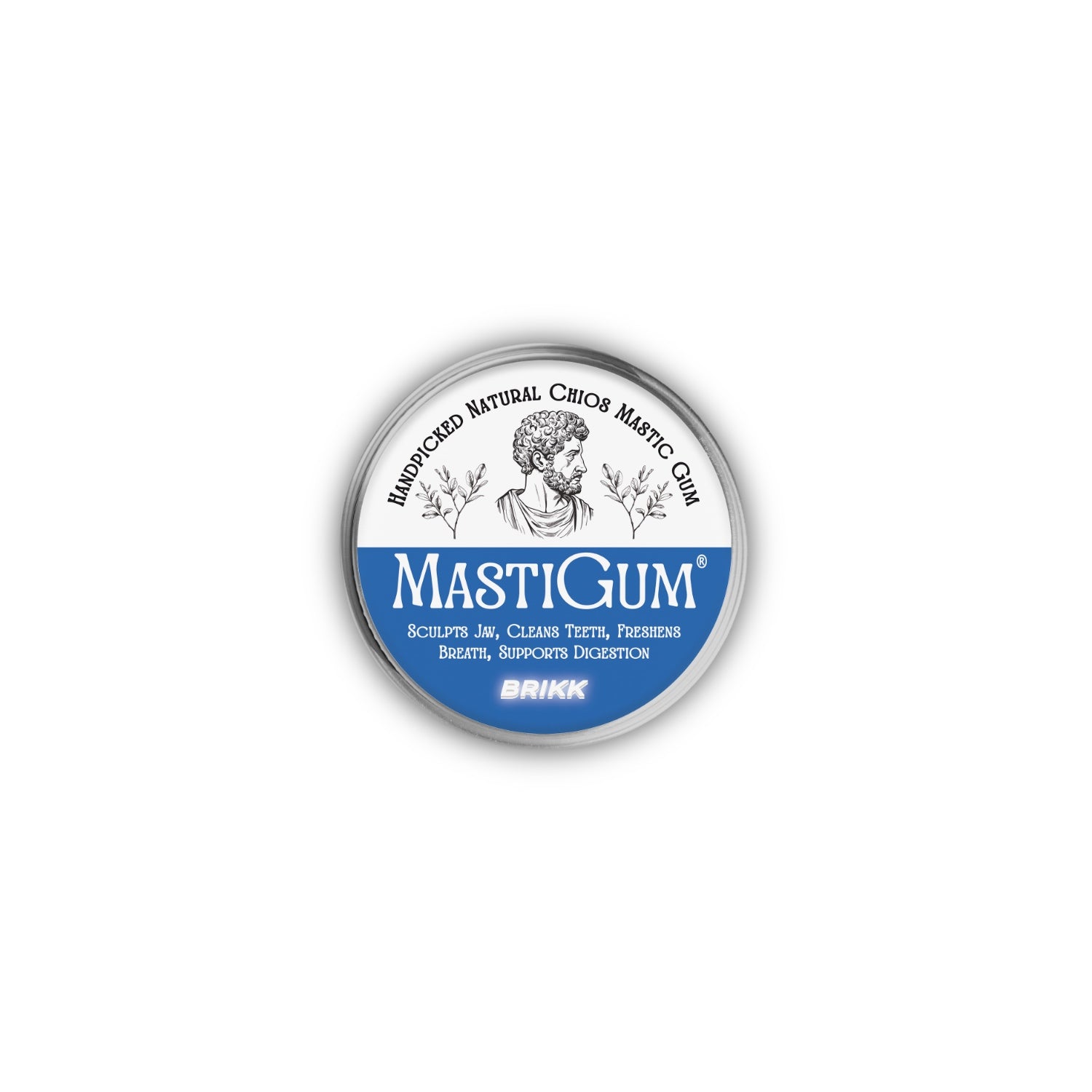Mastic, or Mastiha, has a captivating history and offers numerous health and cosmetic benefits. It is a natural resin from the Pistacia Lentiscus tree, commonly known as Lentisk, which grows in sunny Mediterranean regions. After 15 years of growth, the tree produces 100-250g of resin annually. Mastic is used in cooking, cosmetics, and medicine, but what sets it apart is its unique extraction and processing methods and its fascinating history.
Mastic has been used for over 2,500 years, with people chewing small pieces of it as natural gum. Its healing properties include preventing tooth decay, treating digestive issues, and skin regeneration.

History: From Greece to Pharaohs and Sultans of the Arab World
The use of mastic can be traced back to ancient Egypt, where it was utilized for its preservative qualities to embalm the bodies of pharaohs.
In ancient Greece, mastic became a highly valued commodity in the Mediterranean due to its anti-inflammatory and antimicrobial properties, with Hippocrates using it as a treatment for various illnesses.
However, the Byzantine Empire recognized the value of mastic and granted the island of Chios a monopoly on its production, leading to increased demand and prestige. Mastic eventually became a symbol of luxury in the Byzantine Empire and made its way into the cuisine of various cultures such as Greek, Cypriot, Syrian, and Lebanese.

Present: Natural Heritage in the Modern World
Chios Island has maintained its cultural heritage and is the only place in the world producing mastic resin. The European Union protects this unique resin and has a Protected Designation of Origin (PDO) label, which is only given to products with unique properties due to their geographical environment.
Mastic resin comes from the Pistacia Lentiscus tree, which prospers in the island's climate and soil. While attempts to grow the tree and produce the resin elsewhere have failed, Chios continues to provide the ideal conditions.
In 2014, UNESCO recognized the collection and processing of mastic as an "Intangible Cultural Heritage of Humanity." The European Medicines Agency (EMA) also published a report in 2015 confirming mastic resin's medicinal properties, which have been valued across cultures for thousands of years.

MastiGum: Pieces of Chios Mastic Perfect for Chewing
Therefore, mastic has become a symbol of the island of Chios and an essential part of cultural and historical human heritage. Unique cosmetic and health properties make mastic the genuine "White Gold" of Greece.
Our goal is to honor the legacy of mastic by introducing new ways to utilize it. MastiGum is a prime example of this, as it consists of hand-picked, top-quality Chios Mastic that is both hard and fresh, making it perfect for chewing.
Please note that MastiGum® is not intended to be used as a medicine, remedy, or health aid. It should not substitute for a well-rounded diet and a healthy lifestyle.


